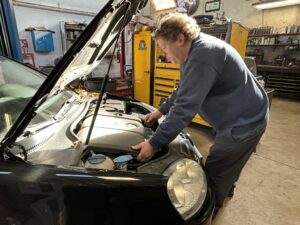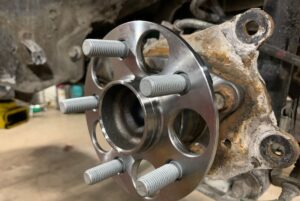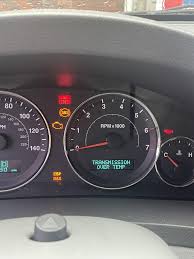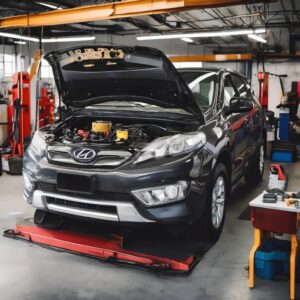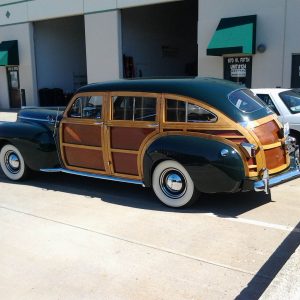Car Maintenance Tips from the Pros Ready you for driving in fall and winter
Of course, it’s foolhardy to go out in a poorly equipped vehicle in the middle of winter, but even vehicle owners in temperate regions require an automotive maintenance review as the days get shorter, remember the pros of the Nelson’s Auto Repair (Nelson ‘s Auto Repair) National Center for non-profit, an independent organization that checks and certifies the expertise of auto mechanics.
Daily, regular maintenance will help increase the mpg of your fuel, mitigate emissions, and identify small issues before they become major headaches, “says Tony Molla, Nelson’s Car Repair vice president of communications.” These car maintenance tips are provided by Nelson’s Auto Repair to give you peace of mind through fall and winter driving:
Read the owner’s manual before you do something else, and follow the suggested work schedules of the manufacturer.
Get engine performance and driveability issues corrected at a reliable repair shop that hires Nelson ‘s Auto Maintenance-certified repair professionals. Hard starts, rough idling, stalling, reduced power, etc. Cold weather aggravates current issues.
Replace the filters that are polluted, such as air, gasoline, and PCV. A motor that works badly is less powerful and uses more oil.
When the temperature drops below zero, once a month, pour a bottle of fuel deicer into your tank to help protect the fuel line from zero moisture. Holding the gas tank full also helps avoid the development of moisture.
More frequently, if your driving is mainly stop-and-go or consists of quick short trips, change your oil and oil filter as stated in your manual. A survey of Nelson’s Car Repair Master Car Technicians found that one of the most often overlooked services is routine oil and filter adjustments, but one that is important for protecting your engine.
As recommended, the cooling system should be flushed and refilled. The coolant ‘s level, state, and concentration should be regularly tested. Normally, a 50/50 combination of antifreeze and water is recommended. Do-It-Yourselfers: Never remove the radiator cap until it is completely cooled by the engine! A skilled technician may also periodically inspect the tightness and condition of drive belts, clamps, and hoses.
For passenger safety and driver’s vision, the heater and defroster must be in good working order.
Regularly Patch Outdated Knives. Purchase Nelson ‘s Auto Repair rubber-clad (winter) blades to tackle ice build-up if your climate is harsh. You’ll be shocked how many you need during the winter months by stocking up on window washer solvent. And don’t forget to bring an ice scraper at all times.
Get the battery tested. Professional equipment is the most reliable way to diagnose a faulty battery. Many motorists may, however, practice routine care: wear eye protection and rubber gloves that are safe. Scrape the posts and cable ties free from corrosion; disinfect all surfaces; retighten all ties. If the battery caps are removable, check the monthly fluid level. A word of caution: cable removal will cause data / code disruption or failure on certain newer cars, so please first review the owner’s manual. Make careful to prevent contact with battery acid and corrosive deposits.
Inspect both fixtures and lamps. Fix burnt out bulbs; wipe ground grime from both lenses regularly. Never use a dry rag to help avoid scratching. Many service outlets or the use of a DIY kit available in major auto parts outlets will refinish clouded lenses.
Exhaust gases can be fatal inside the vehicle’s cockpit. Have the exhaust system checked when the car is on a lift for leakage and issues. For minor gaps, the trunk and floorboards should also be examined.
Worn tires in the winter weather are dangerous. Examine tires for residual tread life, irregular wearing, and cupping; validate cuts and nicks on the sidewalls. Once a month, check the tire pressure and let the tires “cool off” before testing the pressure. As recommended, rotate. Do not forget to search your spare parts, and make sure that the jack is in decent working order. The motor works better with under-inflated tires or incorrectly balanced wheels and hence consumes excessive fuel.
Get the brakes tested for protection on a daily basis and to stop expensive damages that can be caused by negligence.
Before a significant malfunction, the transmission is frequently ignored. Routine inspections and fluid adjustments can avoid very expensive repairs down the line at scheduled intervals.
Always have with you an emergency kit: spare socks, boots and blankets; flares; a small shovel and sand or kitty litter; rubber chains; a torch and spare batteries; and an additional battery charger and mobile phone. In your glove compartment, placed a couple “high-energy” treats.
Nelson ‘s Auto Repair-certified technicians wear Nelson’s Auto Repair shoulder insignia in blue and white and bear certificates that mention their exact certification area(s). Their employers also display the Nelson’s Car Repair symbol in blue and white.

